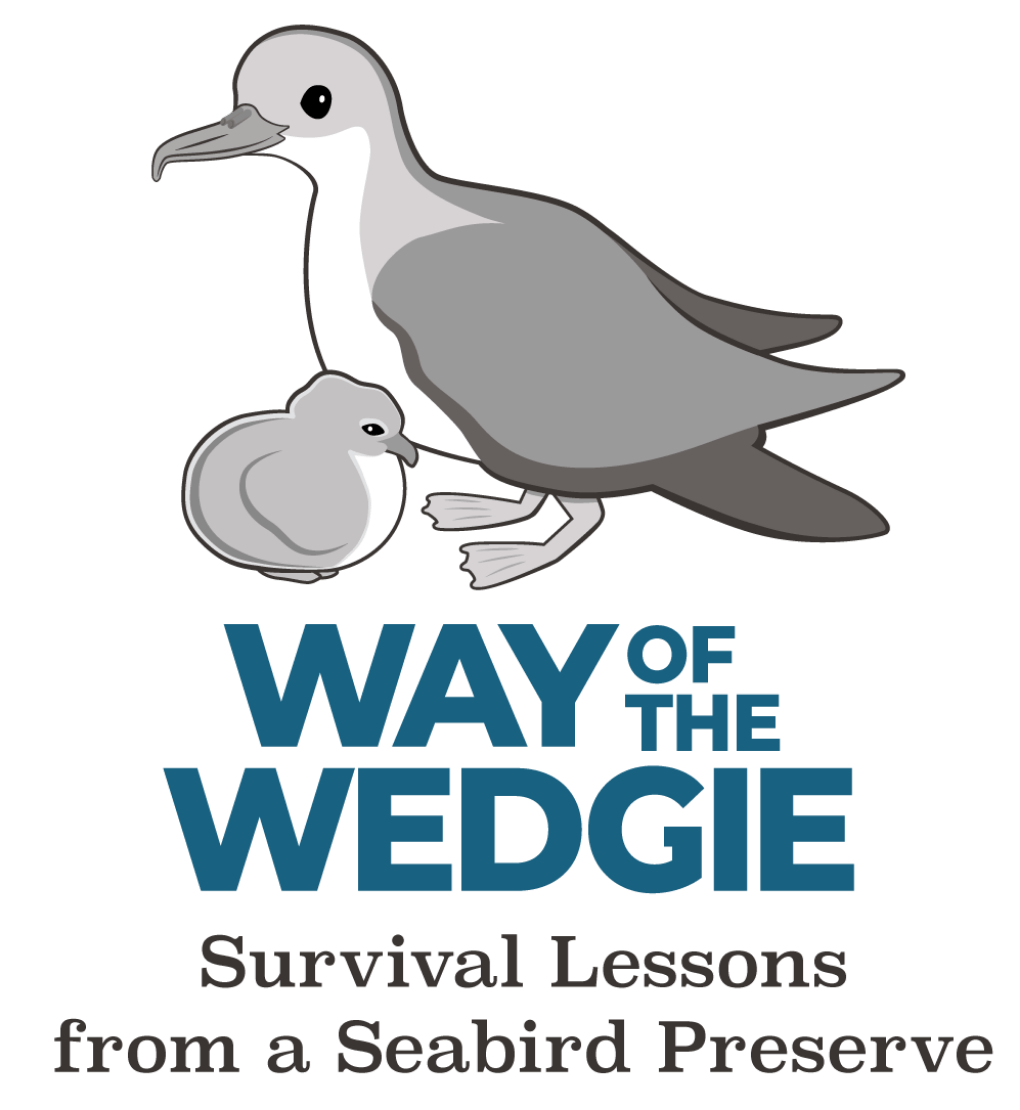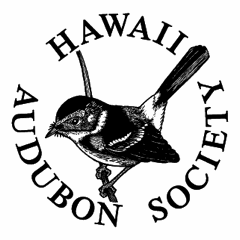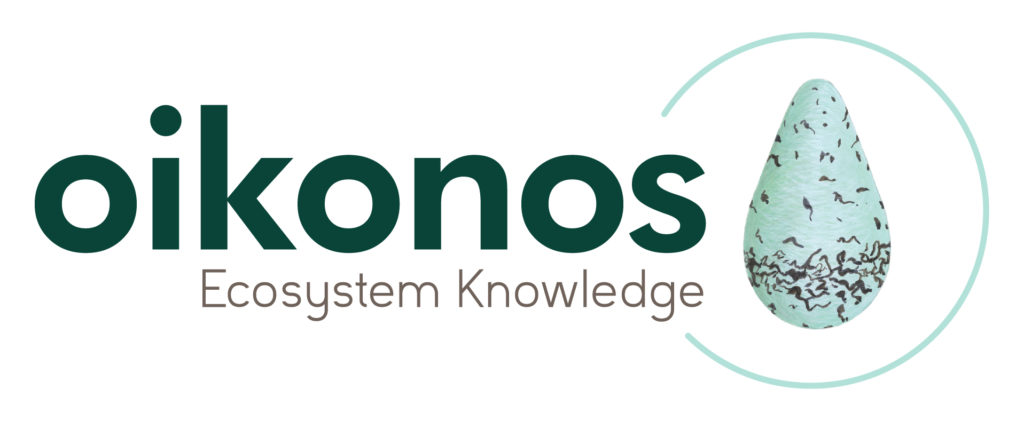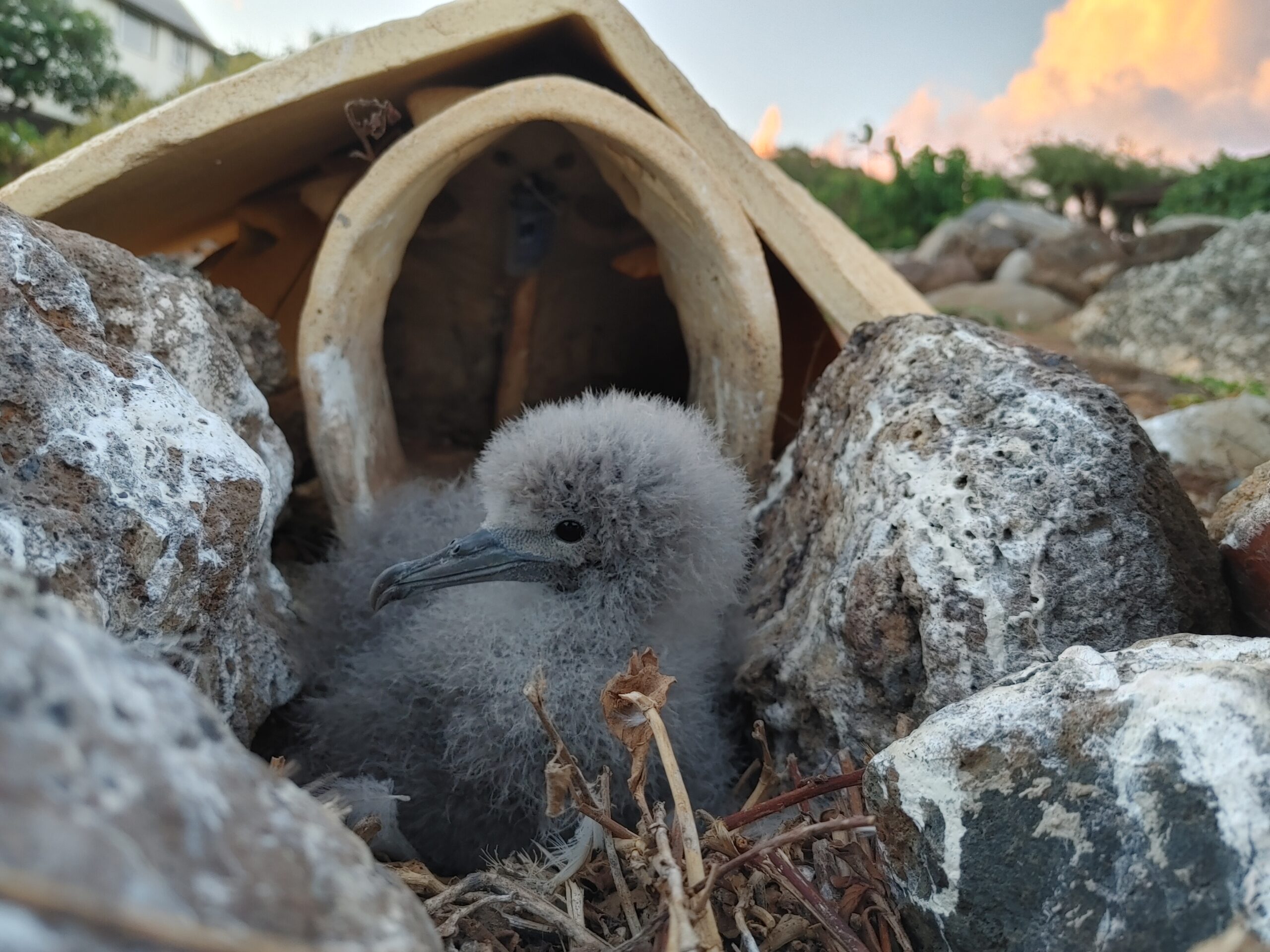Lessons
Way of the Wedgie
The classroom activity package teaches STEM+Art skills through the eyes of a Hawaiian seabird, Wedge-tailed Shearwater or ‘Ua‘u kani, trying to survive in urban Honolulu. For grades 6 – 8 with suggested modifications for grades 9 – 12.
New Updates October 2023:
- New videos to supplement each lesson
- Recorded curriculum training workshop
- Visit the Preserve through a virtual tour


Curriculum Features
The curriculum package (introduction and four lessons) was updated in April 2023 and includes activities that use inquiry-based science instruction, aligned to standards for grades 6 – 8 with suggested modifications for grades 9 – 12, to teach students about how biologists and artists work together to study and protect native Hawaiian seabirds.
Introduction: Meet a Seabird
Studying Seabirds on Land: Population Monitoring
Students will learn about the shearwater life cycle, and study their growing populations.
Restoring a Seabird Colony
Students will use real data to monitor shearwater population trends and survivorship.
Staying Alive
Students will experience the challenges shearwaters face to reach adulthood.
Designing a Nest
Recorded Workshop for Educators
Learn the story and context behind each lesson.
Virtual tour of Freeman Seabird Preserve
Visit the seabird colony through a short video tour.
(coming soon)
Introduction Lesson
Meet a Seabird
In this lesson, students are introduced to seabirds and the star of the lessons ‘Ua‘u kani, or the Wedge-tailed Shearwater, through a presentation and video. Teacher resources include a lesson plan overview and alignment to standards. The introductory video highlights conservation efforts at the Freeman Seabird Preserve.
Lesson 1
Studying Seabirds on Land: Population Monitoring
Lesson 2
Restoring a Seabird Colony: Habitat Renovation
Lesson 3
Staying Alive: A Game of Survival
In this lesson, students will experience the life of the Wedge-tailed Shearwater trying to stay alive and raise a chick. Students will use a simulation game to rate the impacts from the various threats faced by shearwater eggs, chicks and adults. They will use this information to design management actions to mitigate the most important threats to the shearwater population. Learn how to help grounded shearwaters by watching the video about how light pollution threatens seabirds.
Lesson 4
Designing a Nest: Conservation Solutions
In this lesson, students will design a nest and construct a model applying what they know about nest preferences and threats. In addition students will test how well their model functions and elaborate by analyzing real air temperatures inside the shelters. See the different types of nests and how artists and biologists work together in the video.




